#Zoology
Text
You ever think about how weird hippos are ecologically speaking?
There's literally no other megafauna on earth that spends the entire day lounging around in water, mostly just socializing, only to come onto land to feed at night.
I remember when I used to do education programs on hippos, most people assumed they ate aquatic plants, and that that's the whole reason they were in water. Meanwhile, hippos are basically just giant nocturnal cows that eat only grass.

364 notes
·
View notes
Text
181 notes
·
View notes
Text
#joe locke#josh hutcherson#ayato x reader#bob marley#sarah jean underwood#choi yeonjun#heartstopper#denji#pokemon x and y#gruba szmata#zoology#rock music#inventions#borderline#jaejoong
126 notes
·
View notes
Text
Canada Goose (Branta canadensis)
#inaturalist#naturalist#nature#ecology#zoology#biology#birds#bird#birdblr#birding#orinthology#photography#nature photography#wildlife photography#hawks photos#geese#goose#canada goose#canadian goose#canadian geese#dont mind that i had to repost this tumblr pbroke the previous one
47 notes
·
View notes
Text

Phylogenetic Classification of Living and Fossil Ray-Finned Fishes (Actinopterygii)
Thomas J. Near, Christine E. Thacker
Abstract
Classification of the tremendous diversity of ray-finned fishes (Actinopterygii) began with the designation of taxonomic groups on the basis of morphological similarity.
Starting in the late 1960s morphological phylogenetics became the basis for the classification of Actinopterygii but failed to resolve many relationships, particularly among lineages within the hyperdiverse Percomorpha.
The introduction of molecular phylogenetics led to a dramatic reconfiguration of actinopterygian phylogeny. Refined phylogenetic resolution afforded by molecular studies revealed an uneven diversity among actinopterygian lineages, resulting in a proliferation of redundant group names in Linnean-ranked classifications.
Here we provide an unranked phylogenetic classification for actinopterygian fishes based on a summary phylogeny of 830 lineages of ray-finned fishes that includes all currently recognized actinopterygian taxonomic families and 287 fossil taxa.
We provide phylogenetic definitions for 90 clade names and review seven previously defined names. For each of the 97 clade names, we review the etymology of the clade name, clade species diversity and constituent lineages, clade diagnostic morphological apomorphies, review synonyms, and provide a discussion of the clade's nomenclatural and systematic history.
The new classification is free of redundant group names and includes only one new name among the 97 clade names we review and describe, yielding a comprehensive classification that is based explicitly on the phylogeny of ray-finned fishes that has emerged in the 21st century and rests on the foundation of the previous 200 years of research on the systematics of ray-finned fishes.
Read the paper here:
Phylogenetic Classification of Living and Fossil Ray-Finned Fishes (Actinopterygii) (bioone.org)
46 notes
·
View notes
Text



Chillin’ in the water
#artists on tumblr#stickers#procreate#stickershop#animals#cute#illustration#digital art#zoology#axolotl art#baby seal#sea turtle#water#ocean#sea
21 notes
·
View notes
Text
oh BTW here's my teeny tiny list of my favourite pigeon species
White breasted ground dove
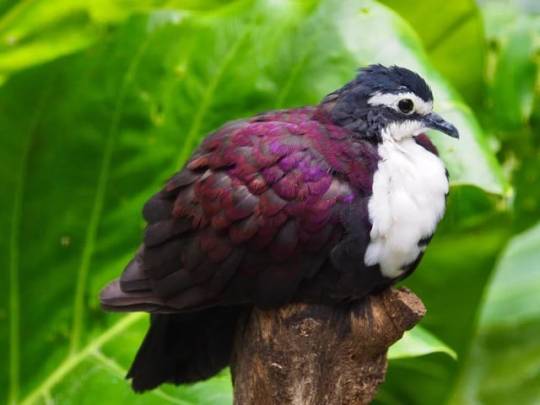
Nicobar pigeon
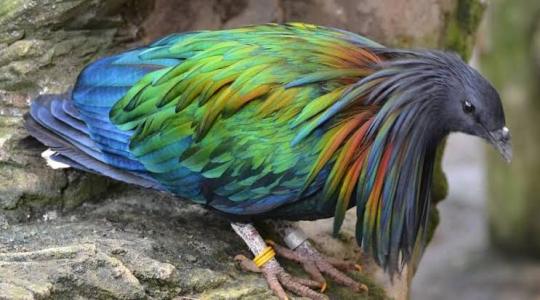
Cinnamon headed green pigeon
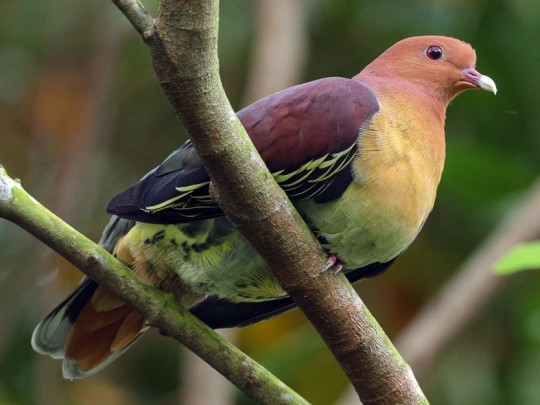
Yellow footed green pigeon
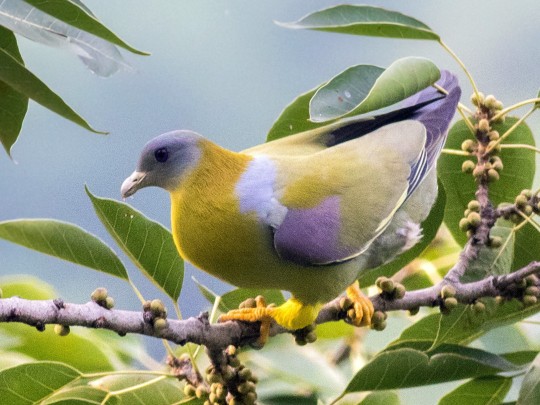
Pheasant pigeon

Yellow breasted fruit dove

Many coloured fruit dove
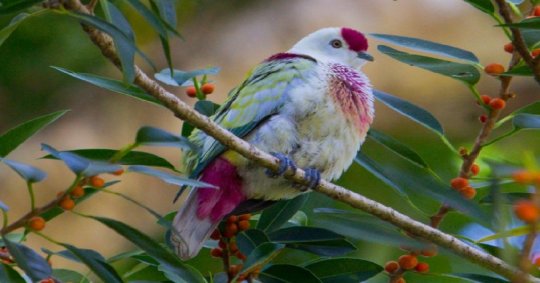
Crowned pigeon

#dont even ask the reasoning for the pigeon list#pigeon#dove#animal#zoology#orthinology#took about 12 years to type this out#hand is fucked
24K notes
·
View notes
Text
"In one of Africa’s last great wildernesses, a remarkable thing has happened—the scimitar-horned oryx, once declared extinct in the wild, is now classified only as endangered.
It’s the first time the International Union for the Conservation of Nature (IUCN), the world’s largest conservation organization, has ever moved a species on its Red List from ‘Extinct in the Wild’ to ‘Endangered.’
The recovery was down to the conservation work of zoos around the world, but also from game breeders in the Texas hill country, who kept the oryx alive while the governments of Abu Dhabi and Chad worked together on a reintroduction program.
Chad... ranks second-lowest on the UN Development Index. Nevertheless, it is within this North African country that can be found the Ouadi Rimé-Ouadi Achim Faunal Reserve, a piece of protected desert and savannah the size of Scotland—around 30,000 square miles, or 10 times the size of Yellowstone.
At a workshop in Chad’s capital of N’Djamena, in 2012, Environment Abu Dhabi, the government of Chad, the Sahara Conservation Fund, and the Zoological Society of London, all secured the support of local landowners and nomadic herders for the reintroduction of the scimitar-horned oryx to the reserve.
Environment Abu Dhabi started the project, assembling captive animals from zoos and private collections the world over to ensure genetic diversity. In March 2016, the first 21 animals from this “world herd” were released over time into a fenced-off part of the reserve where they could acclimatize. Ranging over 30 miles, one female gave birth—the first oryx born into its once-native habitat in over three decades.
In late January 2017, 14 more animals were flown to the reserve in Chad from Abu Dhabi.
In 2022, the rewilded species was officially assessed by the IUCN’s Red List, and determined them to be just ‘Endangered,’ and not ‘Critically Endangered,’ with a population of between 140 and 160 individuals that was increasing, not decreasing.
It’s a tremendous achievement of international scientific and governmental collaboration and a sign that zoological efforts to breed endangered and even extinct animals in captivity can truly work if suitable habitat remains for them to return to."
-via Good News Network, December 13, 2023
#chad#abu dhabi#north africa#rewilding#endangered species#conservation#zoology#conservation biology#oryx#good news#hope#texas#big game#animals#endangered#environmentalism#environmental science#zoo#zoos#zoo animals
24K notes
·
View notes
Text
Land cryptids: We think it was probably a wolf with mange.
Sea cryptids: So it turns out there really is a creature of the abyss with glowing skin and fifty-foot barbed tentacles that somehow evaded reliable documentation for several thousand years, but we're going to act like these two cases are equivalent because anecdotal descriptions of its appearance have historically been somewhat inaccurate.
8K notes
·
View notes
Text
Once the birds had learned how to initiate video interactions, the second phase of the experiment could begin. In this “open call” period, the 15 participating birds could make calls freely; they also got to choose which bird to dial up. Over the next two months, pet parrots made 147 deliberate video calls to other birds. Their owners took detailed notes about the calls and recorded more than 1,000 hours of video footage that the researchers analyzed.
45K notes
·
View notes
Text
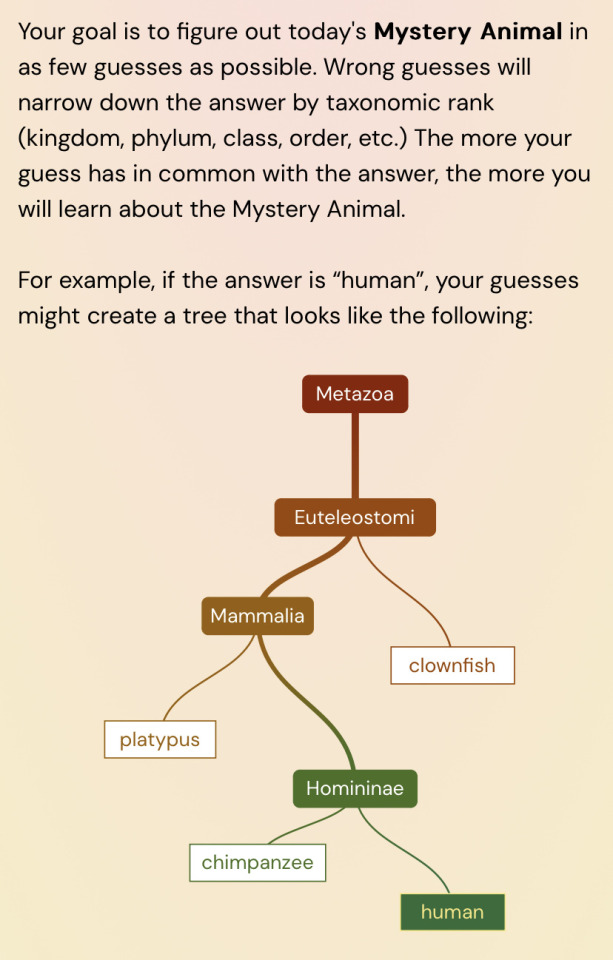
guys i just found out about this site that does a daily guessing game, it’s phylogenetic wordle- so fun!!!
29K notes
·
View notes
Text
orb weavers' sexual dimorphism is hilarious to me like.
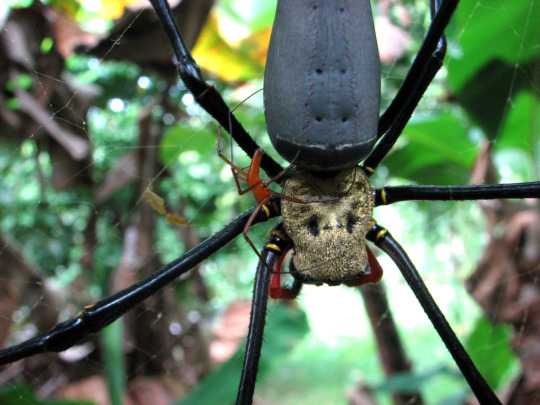
me and my big beautiful wife
#northern golden orb weaver#spiders#arachnids#ecology#bugblr#Nephila pilipes#arachnology#zoology#nature#australia
8K notes
·
View notes
Text
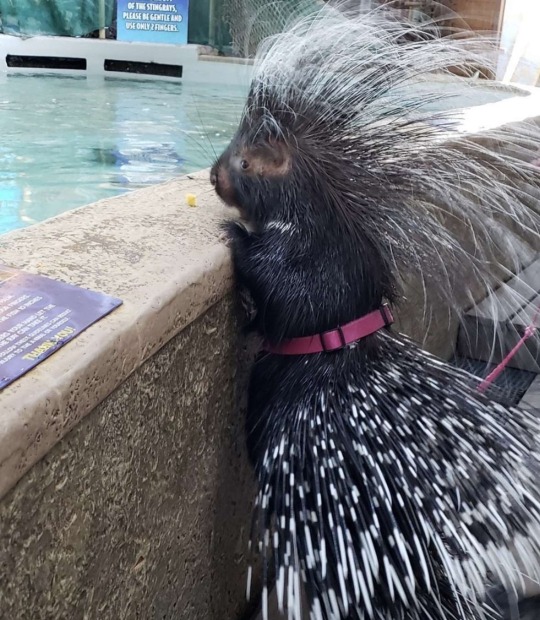
I need everyone to see this picture of a porcupine looking at stingrays in an aquarium
#not marine animal#aquarium#marine biology#oceanposting#cute animals#porcupine#cownose ray#fish#zoology#biology#animals
39K notes
·
View notes
Text
Apparently if you find a tagged Horseshoe crab and report it to Fish and Wildlife they’ll send you a certificate with info about your crab AND a pewter horseshoe crab pin! Keep your eyes peeled 👀
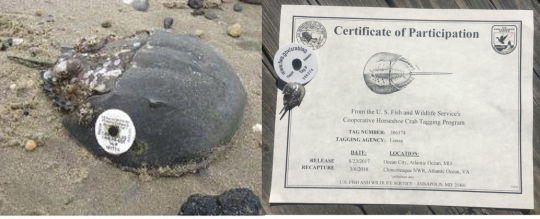
(Photo from the Nantucket Conservation Foundation)
#citizen science#horseshoe crabs#animals#biology#cool#I want that pin so badly but I refuse to buy one it must be earned#zoology#fwc
114K notes
·
View notes
Text
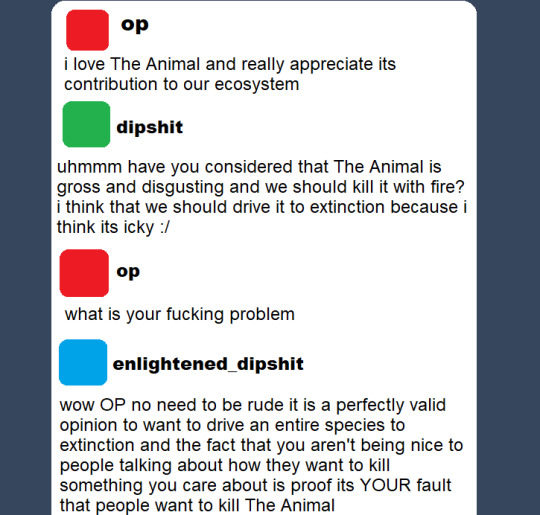
POV you made a popular post about insects
#inaturalist#naturalist#nature#ecology#zoology#biology#insect#insects#bug#bugblr#entomology#bugs#hawk screeches#yes i am deeply petty. dont worry about it
26K notes
·
View notes
Text

Visual Comparison Of Bird Beaks And Their Uses
#ornithology#birds#beaks#evolution#darwinism#biology#zoology#interesting#chart#charts#reference#educational
18K notes
·
View notes